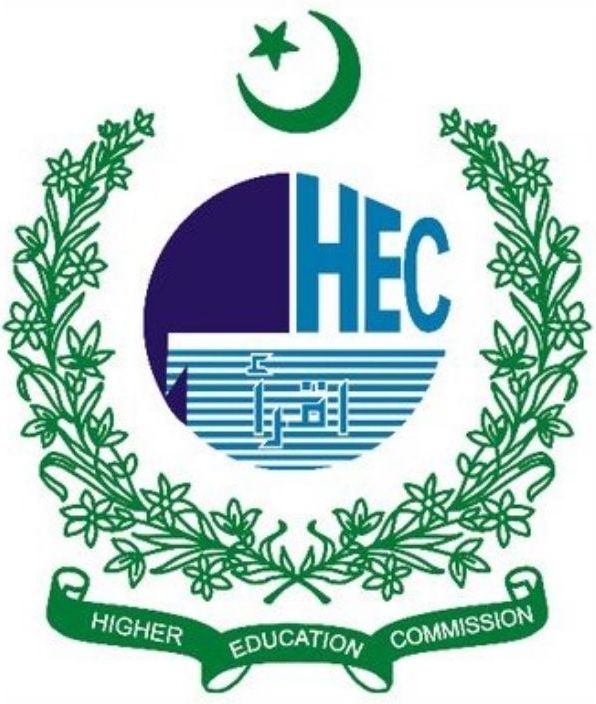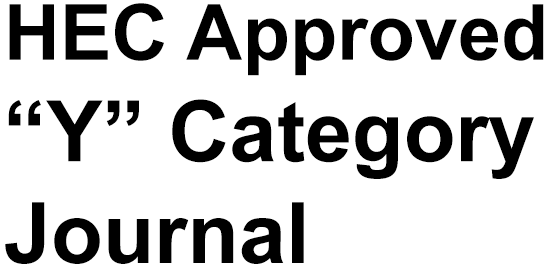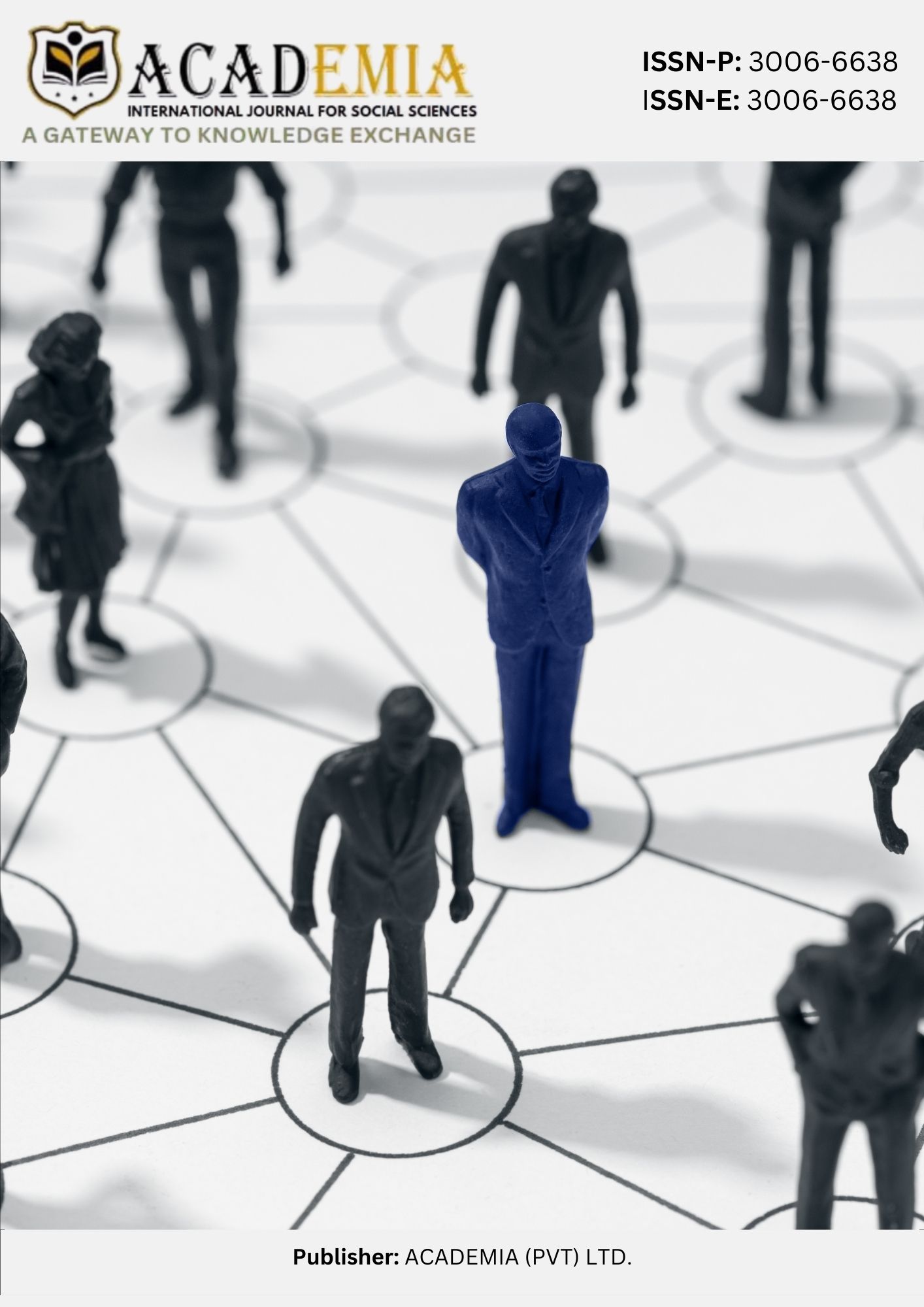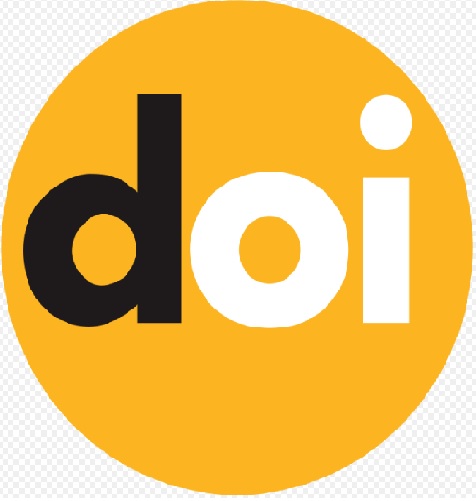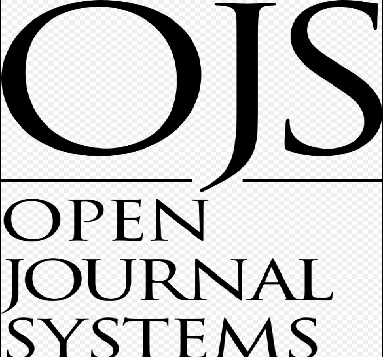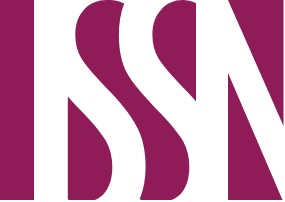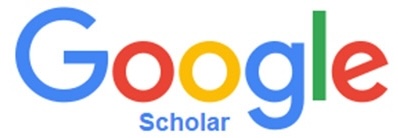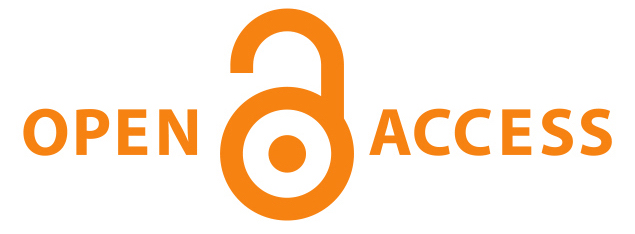AI to the Rescue Deploying Swarm-Based Microagents for Autonomous Search and Relief in Crisis Zones Using Deep Reinforcement Learning
DOI:
https://doi.org/10.63056/ACAD.004.03.0456Keywords:
Microagents, Deep Reinforcement Learning, EnvironmentAbstract
This paper presents the potential of applying deep reinforcement learning (DRL) and combining them with swarm-based microagents to enable autonomous functioning that can be utilized in emergency and disaster response. This is done by utilizing a sum of the behavior of decentralized robotic agents to achieve effective navigation, search and rescues, and delivery of essential supplies, in dynamic and hazardous conditions. Driving such microagents with DRL algorithms, like Deep Q-Networks (DQN) or Proximal Policy Optimization (PPO), allows them to work with complex data and update their decision-making policies on a real-time basis. There are also frameworks such as Microagent that facilitate easy coordination of different agents, which is a major factor when in crisis situations where stakes are high. Although they have some promise, practical implementation of these systems can be questioned due to restrictions related to infrastructure, difficulties as far as coordination is concerned as well as ethical concerns, especially when it comes to accountability in decentralized systems. The other factor that is explored in this study is the disadvantages of the existing simulation environments and how much essential it is to overcome such hindrances in order to achieve the highest utility to the actual experience which ought to be the end goal of any simulation environment. In the future, larger-scale, more resilient and cooperative swarm intelligence is seen to have the potential to radically change disaster response and other high-risk applications, and the improvements of optimization methods, robustness and security are deemed to be catalysts.
Downloads
Published
Issue
Section
License
Copyright (c) 2025 Muhammad Ahmad Shahid, Shehryar Ali, Abdur Rafay Goraya, Shayan Rauf, Rayyan Babar (Author)

This work is licensed under a Creative Commons Attribution 4.0 International License.


